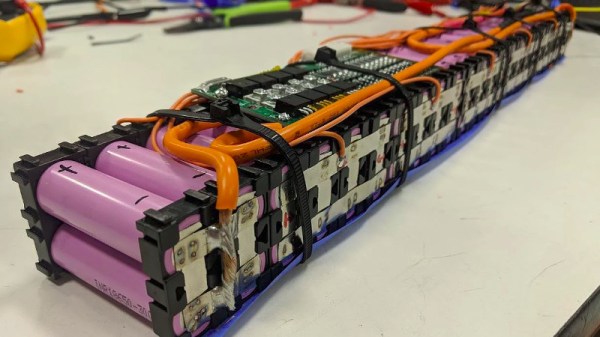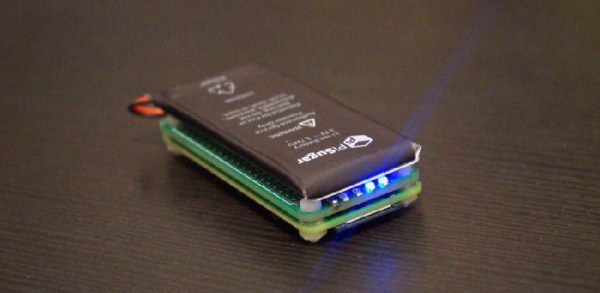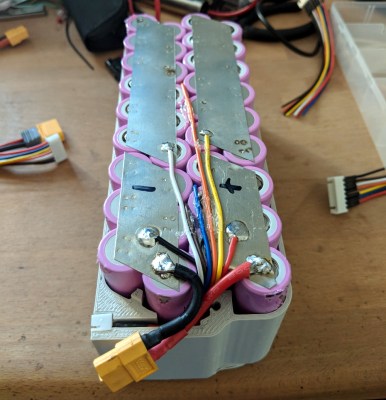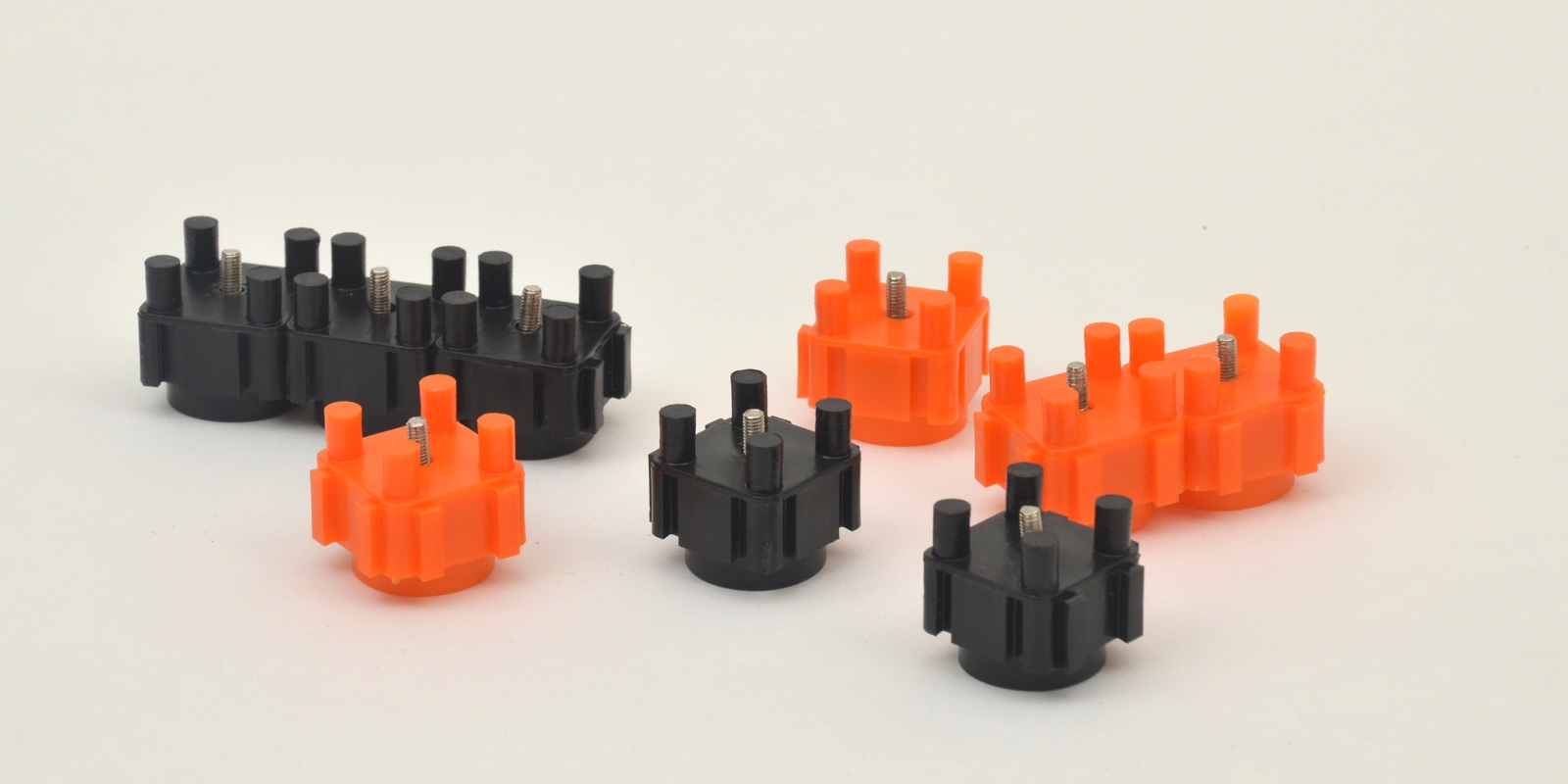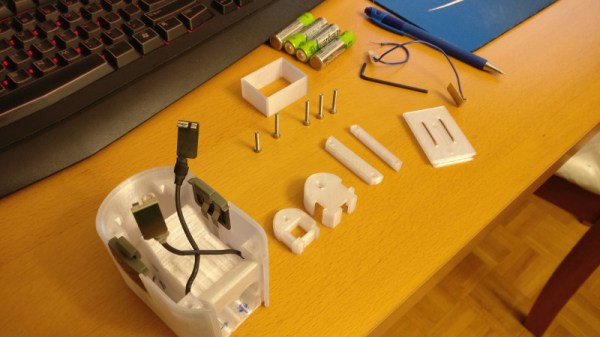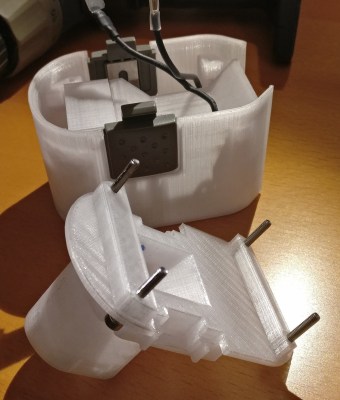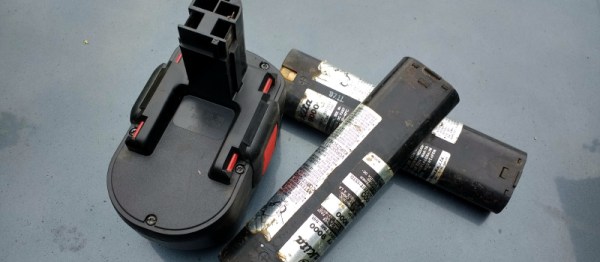Most of us know the basics of building packs of lithium-ion batteries. We’re familiar with cell balancing and the need for protection circuitry, and we understand the intricacies of the various serial and parallel configurations. It’s still a process that can be daunting for the first-time pack-builder though, because the other thing that most of us know about lithium ion batteries is that getting things wrong can cause fires. Rule zero of hackerspaces is “Don’t be on fire”, so what’s to be done? Fortunately [Adam Bender] is on hand with an extremely comprehensive two-part guide to designing and building lithium-ion battery packs from cylindrical 18650 cells.
In one sense we think the two-parter is in the wrong order. Part two takes us through all the technical details and theory, from lithium-ion chemistry to battery management systems and spot-welding nickel busbars, while part one shows us the construction of his battery pack. There are also a couple of videos, which we’ve placed below the break. It’s still not a job for the faint-hearted, but we’d say he’s produced about as professional and safe a pack as possible.
If spot welding worries you then it might be possible to build a pack without it. But it’s always worth considering: would you be better served buying one?
Continue reading “An Exhaustive Guide To Building 18650 Packs”

